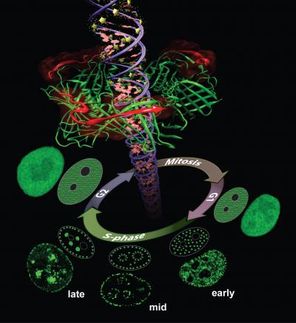Mammogram rate did not decline after controversial USPSTF recommendations
More than three years after the United States Preventive Services Task Force (USPSTF) recommended against routine mammogram screening for women between the ages of 40 and 49, a study from Brigham and Women's Hospital (BWH) finds that mammogram rates in the United States have not declined in that age group, or any other. The study results are published in the April online edition of the journal Cancer.
"If the USPSTF recommendations had been widely adopted, we would have expected to see a significant decline in mammography rates among women in their forties," said the study's lead author, Lydia Pace, MD, MPH, a global women's health fellow in the Division of Women's Health at BWH. "However, this study demonstrates that younger women are continuing to get mammograms."
Researchers analyzed data from nearly 28,000 women who were asked about their mammography use during the 2005, 2008 and 2011 National Health Interview Survey. They found that among all women, mammography rates rose at a slight but statistically non-significant rate between 2008 and 2011 from 51.9 percent to 53.6 percent. Among women in the 40 to 49 age group, mammography rates also rose at a slight but statistically non-significant rate between 2008 and 2011 from 46.1 percent to 47.5 percent.
"Our research does not explain the reasons why mammography rates did not decline, but it is worth noting that several prominent professional and advocacy organizations continue to recommend mammography screening for women between the ages of 40 and 49," said Dr. Pace. "Providers may disagree with the USPSTF recommendations or they may not have the time or the tools needed for discussions with patients about the relative benefits and harms of mammography. Patients may also disagree with the recommendations and may still be requesting annual mammograms or self-referring to mammography facilities."
Most read news
Other news from the department science

Get the life science industry in your inbox
By submitting this form you agree that LUMITOS AG will send you the newsletter(s) selected above by email. Your data will not be passed on to third parties. Your data will be stored and processed in accordance with our data protection regulations. LUMITOS may contact you by email for the purpose of advertising or market and opinion surveys. You can revoke your consent at any time without giving reasons to LUMITOS AG, Ernst-Augustin-Str. 2, 12489 Berlin, Germany or by e-mail at revoke@lumitos.com with effect for the future. In addition, each email contains a link to unsubscribe from the corresponding newsletter.























































